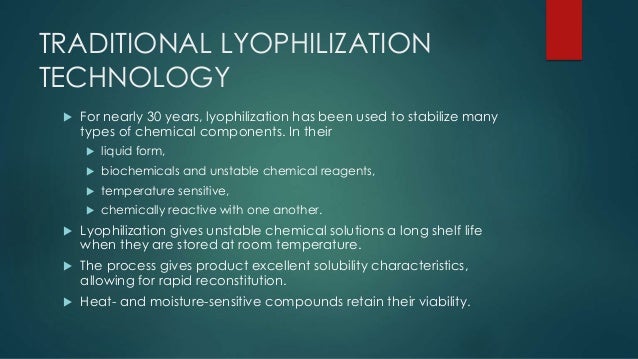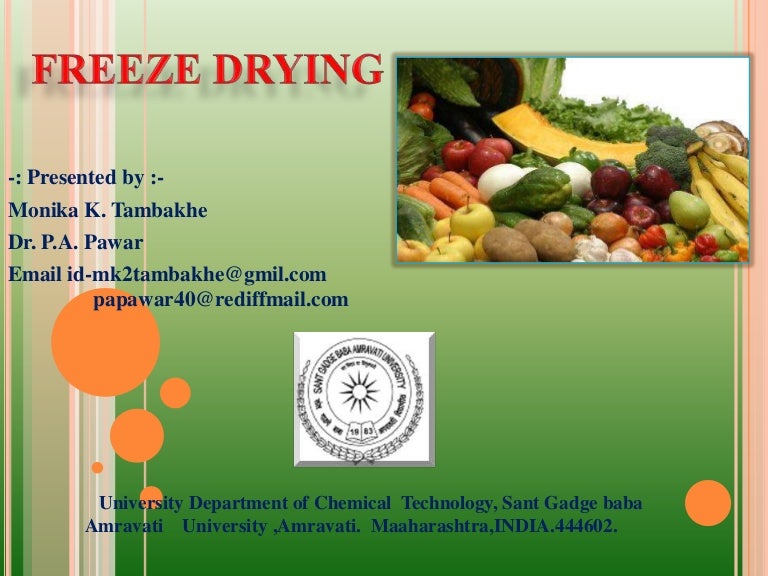Currently there is development work on freeze-drying various aerosol sprays. The freezedried product made by the Freondipping process was better in quality and firmer in texture than that made by the slowfreezing process.
Freeze drying is used to create meals for astronauts.
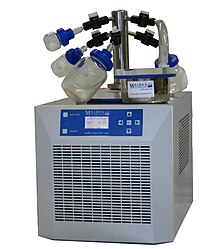
Chemicals used in freeze drying. Ethanol for example freezes at -117C. First the coffee is cooked down into an extract. Specialty chemicals pigments and ceramics powders are also produced using freeze-drying.
While freeze drying can accomplish many things its primary goal is to protect the biological and chemical structure of a sample through the process of sublimation. At this point all of the water contained inside the food should be frozen into solid crystals. Alcohols like methanol and ethanol have a very low freezing point so they present a temperature differential conundrum.
The coffee extract is chilled at about 20 degrees F into a coffee slushie. This chemical is primarily responsible for bacterial activity and spoilage. Because its not possible to get a freeze dryer with a collector temperature of -137C you must dilute these substances to 10 percent or less by adding an aqueous solution.
The coffee slushie is then further chilled on a belt drum or tray to -40 degrees F until it forms slabs of coffee ice. Commonly a limited number of generally accepted bulking agents and lyoprotectants are used for freeze-drying. These are used to preserve human dead bodyto prolong decay until the funeral.
Blanching the fresh mushrooms in boiling water for 2 min prior to freezing results in a lighter color in the freezedried products after rehydration. Freeze-drying is a process used in food processing to remove water from foodstuffs with the goal of increasing their shelf life. Thus cryoprotectants like lactose trehalose sucrose and other sugars are necessary in freeze drying lyophilization to guard the liposomes against aggregation fusion and leakage of the originally entrapped material.
In the nuclear industries vacuum drying process is an integral component where it is used to remove residual water from the used fuel assemblies and cask canister prior to dry storage. At first product temperature is lowered usually to about -40C thus causing freezing of the free water. When first put on the freeze dryer the dryer may not pull to maximum low as it pulls water out of the trap itself.
The condenser also protects the vacuum pump from the water vapor. Freeze drying is the removal of ice or other frozen solvents from a material through the process of sublimation and the removal of bound water molecules through the process of desorption. One of the only substances which cannot be preserved effectively by freeze-drying is mammalian cells which are too fragile.
These chemicals will end up in your belly causing severe trouble. Freeze-dried biological samples are also big in the florist world oddly enough. Lyophilization and freeze drying are terms that are used interchangeably depending on the industry and location where the drying is taking place.
Compared to other drying methods like room temperature drying hot-air drying and solar drying Robusta coffee beans that were freeze-dried contained higher amounts of essential amino acids like leucine lysine and phenylalanine. Freeze drying coffee involves a few steps. One of the most interesting applications is freeze-drying flowers to produce bouquets that can be stored for many months before being reactivated to make fresh flowers.
Once complete the sample can be used for testing long term preservation or in the case of food eaten. About 95 of the water in the material is removed in this phase. Most freeze dryer manufactures will include acid traps molecular sieves in their offerings.
Ideally the freeze drying process would remove any trace of this chemical but in practice only around 99 can be removed. Formalin used in labs for preservation Same goes for embalming fluid. The cold condenser provides a surface for the water vapor to adhere and solidify.
Too much heat can alter the structure of the material. The freeze-drying process has also been used to restore water-damaged materials such as rare and valuable manuscripts. Freeze drying first involves cooling the food or chemical compound often far below the freezing point of water.
Freeze-dried roses are growing in popularity as wedding decorations. Predominantly mannitol glycine sucrose and trehalose. The process consists of various steps.
The most notable is a soda sorb for the absorption of acid. When using acid traps be aware that soda sorb is hygroscopic. The preferred method of preservation in the biotechnology industry lyophilization is regularly used to preserve vaccines pharmaceuticals and other proteins.
The coffee ice is broken into granules. Primary drying can be a slow process. Do your friends a favor spread the awareness of dihydrogen monoxide and promote freeze drying as a way of preserving food.
 Freeze Drying Lyophilization Information Basic Principles
Freeze Drying Lyophilization Information Basic Principles
 Freeze Drying An Overview Sciencedirect Topics
Freeze Drying An Overview Sciencedirect Topics
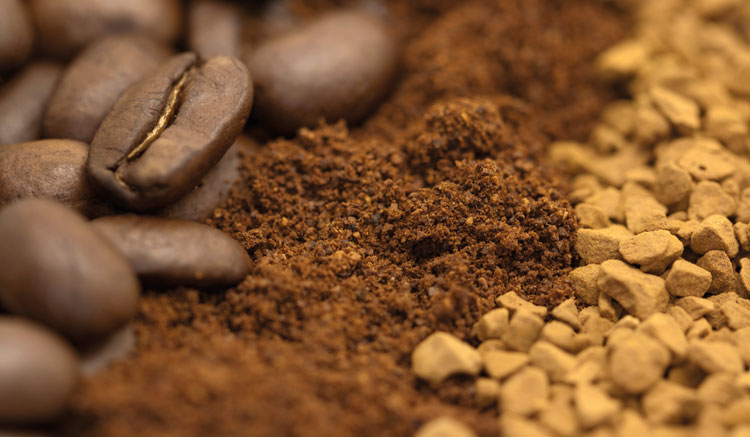 Freeze Drying In The Coffee Industry New Food
Freeze Drying In The Coffee Industry New Food
 Lab Freeze Dryers Accessories Labconco Spectrum Chemical
Lab Freeze Dryers Accessories Labconco Spectrum Chemical
 Freeze Drying An Overview Sciencedirect Topics
Freeze Drying An Overview Sciencedirect Topics
How Freeze Dried Food Is Made Material Used Processing Structure Procedure Steps Product
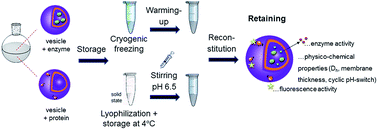
How Freeze Dried Food Is Made Material Used Processing Structure Procedure Steps Product
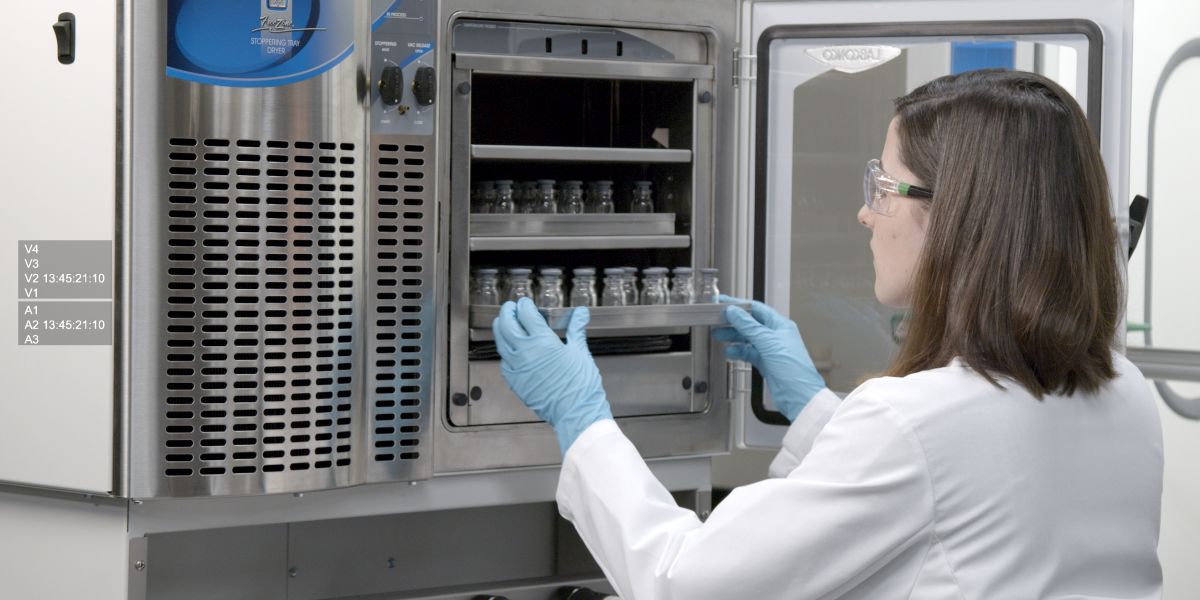 Introduction To Freeze Drying Labconco
Introduction To Freeze Drying Labconco
 Freeze Drying Lyophilization Information Basic Principles
Freeze Drying Lyophilization Information Basic Principles
 Freeze Drying Lyophilization Information Basic Principles
Freeze Drying Lyophilization Information Basic Principles
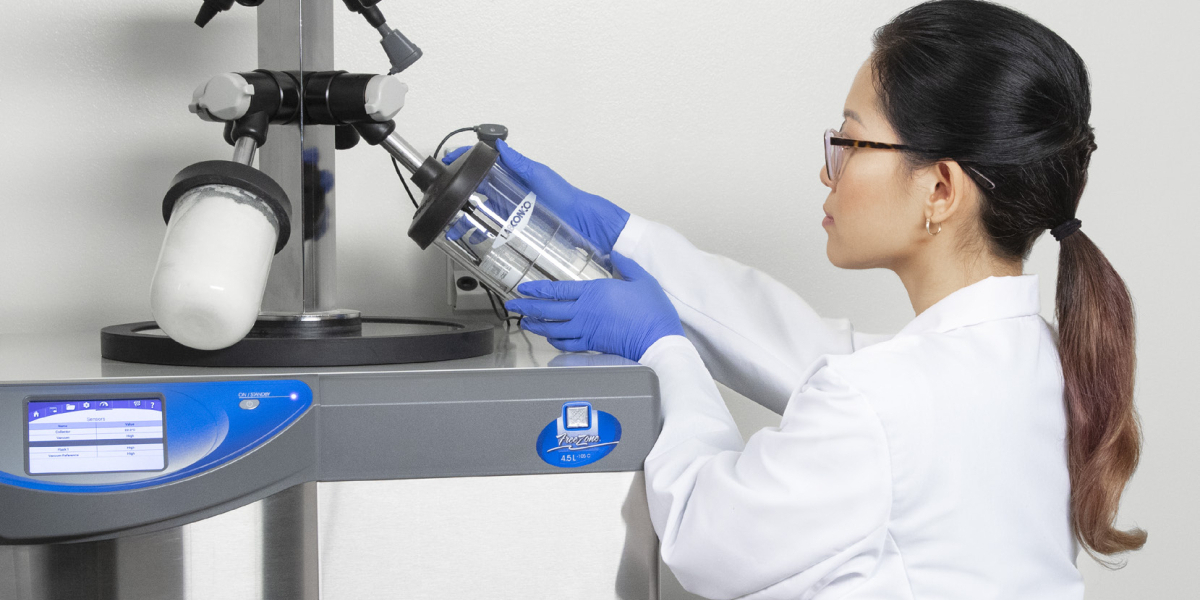 How To Freeze Dry The 6 Most Challenging Samples Labconco
How To Freeze Dry The 6 Most Challenging Samples Labconco
